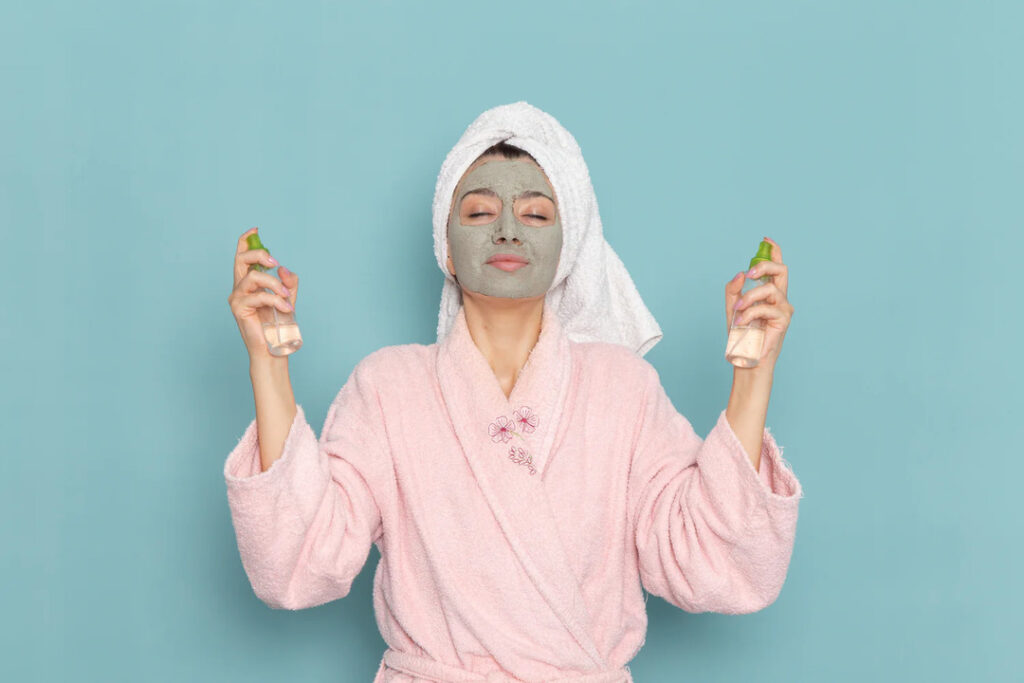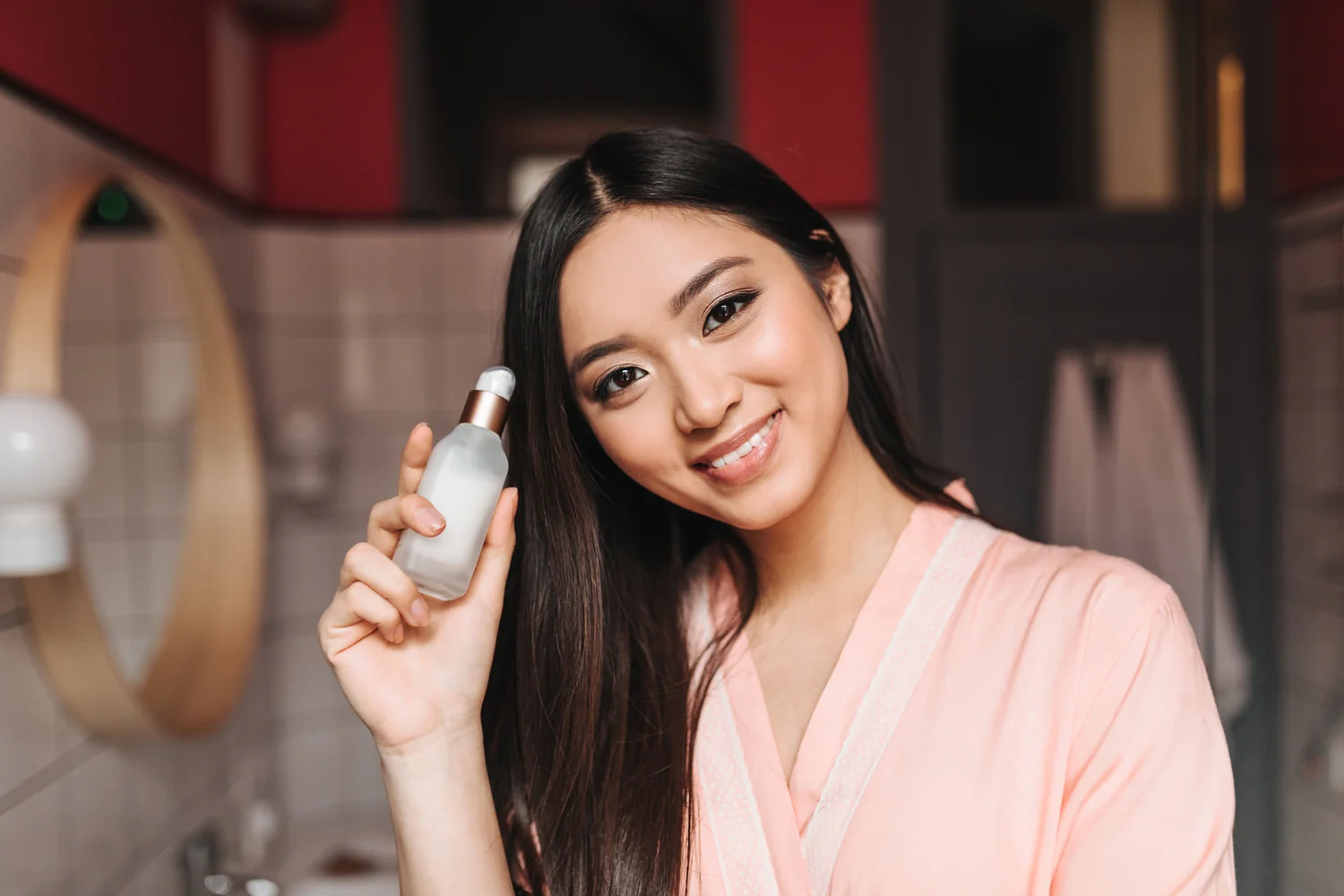Japanese or Korean Skincare Routines: What You Need to Know?
In the world of beauty, Asia has long been ahead of the curve—and nowhere is this more evident than in the ongoing popularity of Japanese and Korean skincare routines. These two skincare giants have transformed the global beauty landscape with their innovative products, layered routines, and timeless philosophies. But when it comes to choosing the right routine for yourself, you may wonder: Japanese or Korean skincare routine—what’s the real difference? And more importantly, which one suits your skin?

In this guide, we’ll explore everything you need to know about the Japanese vs Korean skincare debate, break down both routines step-by-step, and help you decide which approach is ideal for your unique skin concerns.
Philosophy: Tradition vs. Technology
Understanding the cultural and philosophical foundation of skincare in both countries is essential to appreciating the differences.
Japanese Skincare: Simplicity Rooted in Nature
The Japanese skin care routine is based on the principle of minimalism, longevity, and natural beauty. Skincare in Japan is more about preserving what you already have rather than correcting problems. Products focus on gentle hydration, cleansing, and sun protection, with formulas that highlight traditional ingredients like rice bran, green tea, and camellia oil. Many of the best Japanese beauty products are inspired by centuries-old rituals passed down through generations.
Korean Skincare: Science and Layering
Korean skincare, on the other hand, is all about innovation, customization, and achieving glass-like skin. The Korean skin care routine typically involves multiple layers—from toner to essence, serum, ampoule, and masks. The goal is transformation, not just maintenance. With ingredients like snail mucin, fermented extracts, and bee venom, Korean skincare embraces the newest breakthroughs and constantly evolves with trends.
Step-by-Step Routine Breakdown
Let’s compare how the two routines look in practice.
1. Cleansing
- Japanese: The Japanese skin care routine typically starts with double cleansing—a cleansing oil to remove makeup and SPF, followed by a mild foaming cleanser to purify the skin. This helps achieve the smooth, fresh look often referred to as “Japan skins“.
- Korean: The double cleanse is also common in Korean skincare but is often lighter. Cleansing waters, gentle gels, or low-pH cleansers are preferred to keep the skin barrier intact.
2. Exfoliation
- Japanese: Exfoliation is typically done using enzyme-based powders or gels that lift away dead cells without irritation. It’s a gentler approach, ideal for those with sensitive skin.
- Korean: Korean routines often include chemical exfoliants like AHAs and BHAs, which are used a few times a week to maintain glowing skin.
3. Toner (or Lotion)
- Japanese: Toners, referred to as “lotions” in Japan, are hydrating liquids used to prep the skin. They are soothing and moisturizing rather than astringent.
- Korean: Korean toners can also hydrate but may have added benefits like gentle exfoliation or brightening properties.
4. Essence
- Japanese: Lightweight and water-based, Japanese essences deliver a concentrated dose of hydration and active ingredients. They are often seen as a bridge between lotion and serum.
- Korean: In the Korean skin care routine, essence is key to achieving radiant skin. It’s deeply hydrating and helps with skin repair and renewal.
5. Serums and Ampoules
- Japanese: The approach is more targeted, with fewer serums but high efficacy. Popular Japanese skin care brands like Shiseido and SK-II offer powerful anti-aging serums packed with antioxidants.
- Korean: Layering is the name of the game. Koreans use multiple serums or ampoules to tackle different skin concerns simultaneously.
6. Moisturizer
- Japanese: Moisturizers tend to be light and often come in gel or emulsion form. The emphasis is on breathable hydration.
- Korean: Moisturizers vary by skin type and season. From light emulsions to rich sleeping masks, there’s a wide selection to choose from.
7. Sunscreen
- Both: Sunscreen is non-negotiable. Some of the best Japanese skin care products are sunscreens that are lightweight, non-greasy, and offer high protection. Korean sunscreens are also excellent, often enriched with skin-loving ingredients and designed for daily wear.
8. Extras: Sheet Masks, Eye Creams & Spot Treatments
- Japanese: Extras like sheet masks and eye creams are used occasionally and with purpose.
- Korean: These are integrated more frequently, with many using sheet masks daily for an instant boost of hydration.
Popular Ingredients
Let’s look at the ingredients that define each routine.
Japanese Skin Products:
- Rice bran
- Camellia oil
- Green tea extract
- Pearl extract
- Collagen
- Algae
Many of these are found in the best Japanese cosmetic, known for their simplicity, elegance, and effectiveness.
Korean Skin Products:
- Snail mucin
- Centella Asiatica
- Fermented yeast
- Ginseng
- Propolis
- Niacinamide
Korean ingredients focus on renewal, hydration, and anti-aging through advanced formulations.
Japanese vs Korean Skincare: What’s the Difference?
While both routines aim to nourish and protect the skin, the Japanese vs Korean skin care routine philosophies differ significantly in approach.
- Japanese skincare is more about timeless rituals, simplicity, and prevention. Products are elegant and effective, using fewer ingredients that have stood the test of time.
- Korean skincare is about achieving visible results through innovation. With the power of science and trend-setting technology, K-beauty is ideal for those who love experimenting and customizing their routine.
So, when comparing Japanese skincare vs Korean skincare, it really comes down to your personal preference and lifestyle.
Japanese Skin Care Products in India
With the rise of online shopping, you can now find many Japanese skin care products in India. Brands like Hada Labo, Biore, and DHC are becoming more accessible through e-commerce platforms. If you’re looking to buy best Japanese beauty products, ensure you’re purchasing from authorized resellers to avoid counterfeit goods.
These Japanese beauty products are praised for their quality, minimal fragrances, and compatibility with Indian skin types. Whether you’re interested in a simple Japanese skin care routine or a few staple Japanese skin products, they are now easier than ever to incorporate into your daily regime.

Should You Combine Both Routines?
Absolutely! Many skincare enthusiasts blend elements of both. For instance:
- Use a Japanese cleanser and sunscreen for minimalist, long-term care.
- Add a Korean essence or ampoule for extra hydration and glow.
- Choose between best Japanese skin care products or Korean sheet masks based on your current skin needs.
This hybrid approach allows for personalization while still benefiting from the strengths of each tradition.
Final Thoughts: Japanese vs Korean Beauty
In the world of Japanese vs Korean beauty, there’s no one-size-fits-all answer. The key is to understand your skin, your routine preferences, and the results you’re aiming for.
- Prefer time-tested simplicity? Go for Japanese skin care.
- Want transformative results with trending ingredients? Choose Korean skin care routine methods.
- Looking for the best Japanese skin care products? Stick to reputable Japanese skin care brands that prioritize quality over quantity.
Ultimately, both the Japanese or Korean skincare routine are about loving and caring for your skin in a consistent, thoughtful way. Whether you lean toward J-beauty or K-beauty—or blend both—you’re investing in a self-care ritual that delivers visible, lasting results.

